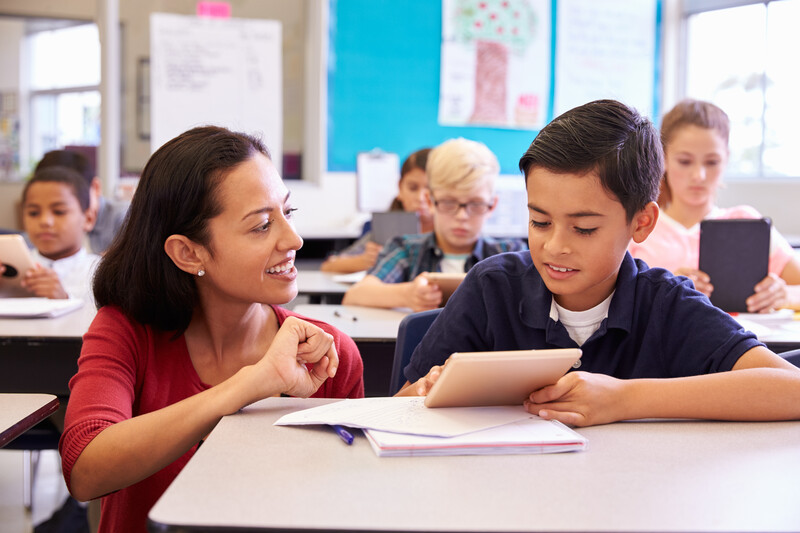Positive relationships between teachers and students are among the most commonly cited variables associated with effective instruction. If the relationship is strong, instructional strategies seem to be more effective. Conversely, a weak or negative relationship will mute or even negate the benefits of even the most effective instructional strategies.
But exactly what constitutes good teacher-student relationships, and how do you develop them if they don't exist? Both research and theory provide some answers (Goodenow, 1993; Marzano, Pickering, & Hefelbower, 2010; Wentzel, 2009; Wubbels, Brekelmans, van Tartwijk, & Admiral, 1999).
Perhaps the most powerful message from the research is that relationships are a matter of student perception. They have little to do with how a teacher actually feels about students; it's what teachers do that dictates how students perceive those relationships.
This fact can be quite liberating. Teachers will certainly have an affinity for the majority of students in their classrooms, but from time to time they may react less positively to a given student. However, this won't really affect how the student perceives his or her relationship with the teacher. The major factor is how the teacher interacts with the student.
Developing Positive Perceptions
The following teacher actions develop the perception in students that they have a good relationship with the teacher.
Showing Interest in Students' Lives
Busy secondary teachers with more than 100 students in their combined classes can hardly know details about every student's life. However, teachers can cultivate a positive relationship by knowing students by name; asking them what they thought of recent occurrences, such as a sports game, popular movie, or song; asking them what they're interested in; and simply inquiring whether school is going well for them.
Advocating for Students
Students believe that teachers are advocating for them if the teachers appear to want the students to do well in class. Certain teacher behaviors work against this perception. For example, a teacher who announces that he or she will reward no more than five As at the end of the semester is doing little to foster the perception of advocating for students. Such behavior says to students that the teacher is more committed to an arbitrary criterion than to student success.
Teachers can promote the perception of teacher advocacy by setting up times when students can talk individually with them, asking struggling students if they need assistance, and helping struggling students determine what they need to work on most.
Never Giving Up on Students
Promoting this perception means that even when students don't perform well or when they get behind in their assignments, the teacher continues to offer ways to help them catch up. The teacher might establish small-group tutorial sessions that students can attend or enlist peer tutors from among those students who have mastered the material. Never giving up on students also includes being a cheerleader for some students, telling them to "hang in there" and keep trying. Teachers might also relate personal stories of when they had a particularly tough time with a class.
Acting Friendly
Fostering the perception of a friendly relationship has nothing to do with how "friendly" a teacher actually feels. Many teacher behaviors promote this perception of friendliness. For example, a teacher might banter or joke with students; smile or make eye contact; or, when appropriate, place a hand on a student's shoulder or pat a student on the back.
The Keystone of Effective Teaching
These teacher behaviors can, with rare exceptions, make all students feel that they have a positive relationship with their teachers. Teachers should engage in these behaviors daily, especially with their disenfranchised students, who are most in need of this positive support.



